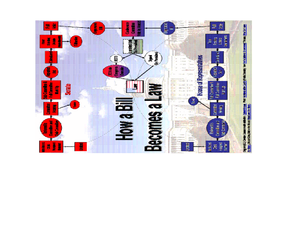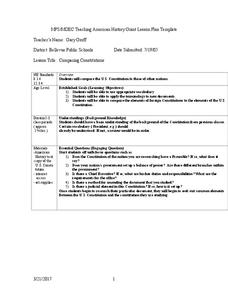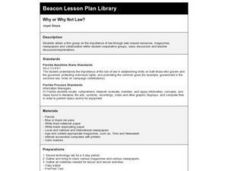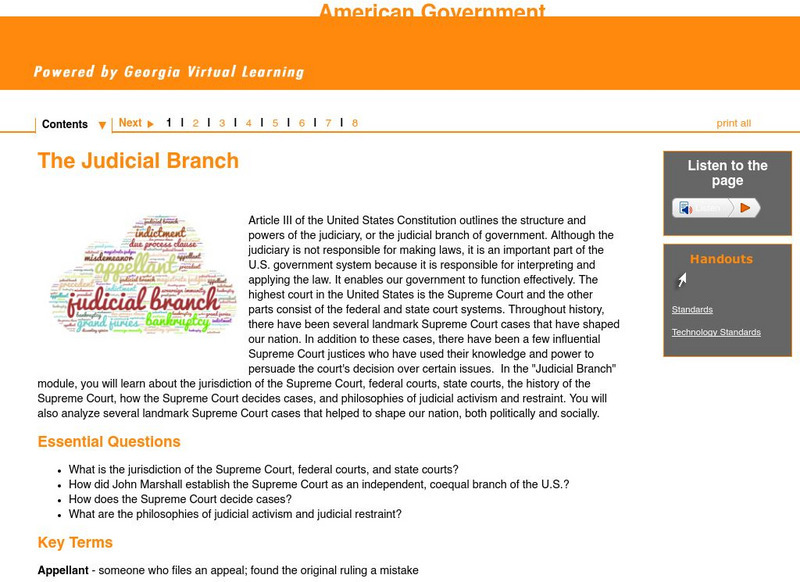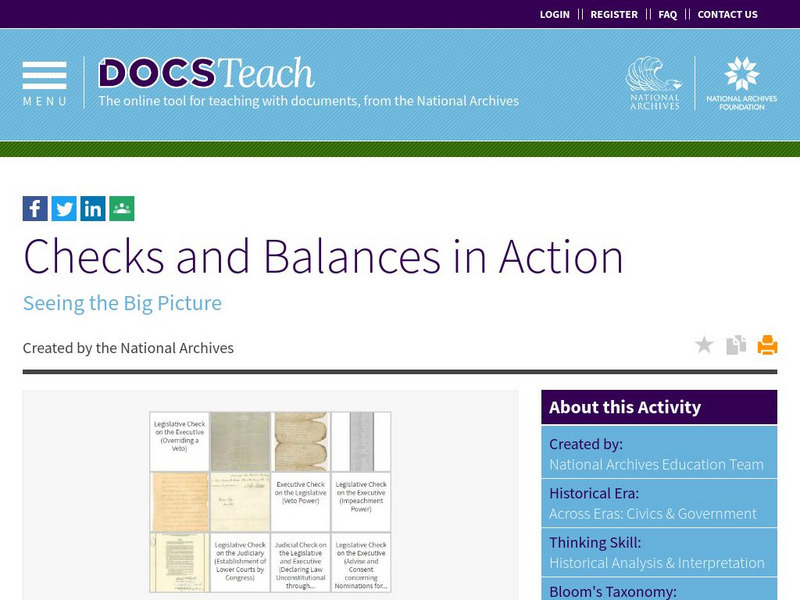Curated OER
United States Pride
Third graders learn the responsibility of citizenship and learn facts about a state they choose to research.
Curated OER
Graphically Speaking
Students discover the links between population and Congressional representation. In this government lesson, students research population statistics and create spreadsheets that compare population to the number of Congress members per state.
Curated OER
Discovering Democracy in Canada: Federal Perspectives
Tenth graders research one aspect of government. They teach their peers co-operatively about the key elements of Democracy in Canada at the Federal Level by giving group presentations.
Curated OER
It's All About Justice
Students examine a specific environmental concern to their local community. In groups, they explore how the justice system would deal with the problem by participating in a treasure hunt. They review the meaning of federal and state...
Curated OER
Asking and Answering Questions Using the Balance of Powers
Middle schoolers complete a diagram showing the relationship between the executive, legislative and judical brances of the government. They form sentences using the question words. They restate who and what questions as well.
Curated OER
Law Day: Constitutional Law Outline
Students receive information about laws. Some of the categories include powers of the federal government, federal powers vs. state powers, and the Bill of Rights. It is in an outline form that looks like the student follows along with...
Curated OER
How Government Works and the Rights of the People
Eighth graders identify how to be responsible citizens. In this civics lesson, 8th graders review websites of congressional members and then create questionnaires about the responsibilities of citizens.
Curated OER
Perspectives on Civil Rights
Learners examine speeches of the Civil Rights Era. In this American history lesson, students listen to speeches delivered by Martin Luther King, Jr. and John F. Kennedy. Learners respond to guiding questions as they listen to the...
Curated OER
Comparing Constitutions
Students compare and contrast plans for government. In this government systems instructional activity, students compare and contrast the U.S. Constitution to the constitutions of selected countries using the provided checklist as a...
Georgia Department of Education
Ga Virtual Learning: American Government: The Judicial Branch
Complete and comprehensive virtual learning unit on the Judicial Branch. Module includes downloads, interactive activities, questions and writing assignments as well as links to supplemental material. Students can link to online textbook...
Harry S. Truman Library and Museum
Harry S. Truman Library & Museum: Three Branches of Government
Interactive teaching unit for Grades 5-8 that helps to explain the three branches of government and the the balance of power. Topics covered include balance of government, how a bill becomes a law, the amendment process, the Legislative...
Other
American Civil Liberties Union: Constitution Day Activities
Six activities teach students about the U.S. Constitution. Learn about checks and balances, the Bill of Rights, some of the history of the document, and how each of the states became a state. The site also provides teacher resources,...
iCivics
I Civics: Judicial Review
This lesson explores the case that established the power the Supreme Court has today. Students will learn how the decision in Marbury v. Madison influenced the structure of the third branch, and how the Court's use of judicial review can...
Annenberg Foundation
Annenberg Learner: Democracy in America: The Constitution: Fixed or Flexible?
This unit explores the timeless qualities of The U.S. Constitution, the opportunities to amend it, and how it is a pillar of the American identity, through these activities, videos, and outside resources.
US Government Publishing Office
Ben's Guide to u.s. Government: Grades K 2
Here you can learn all about the U.S. Government! Find information on our nation, how our government works, your own neighborhood, and the main government symbols. Games and other activities are also included!
US National Archives
Docs Teach: Checks and Balances in Action
In this activity, students will analyze documents that span the course of American history to see examples of 'checks and balances' between the legislative, executive, and judicial branches in action. Students will then match the...
US National Archives
Docs Teach: Separation of Powers or Shared Powers
In this activity, students will analyze documents that illustrate the relationship between the legislative, executive and judicial branches. Using the scale in Weighing the Evidence, students will decide whether the United States...
US National Archives
Docsteach: The Constitution in Action: Article Iii (Lab Team 4)
In this activity students will analyze the Opinion of the Court by Chief Justice Earl Warren in the Case of Miranda v. Arizona and identify how the document demonstrates content contained within Article III of the Constitution in action.
US Government Publishing Office
Ben's Guide to u.s. Government: Games
Test your knowledge of U.S. geography and government with these games and printable activities. In one game, see if you can place all 50 states in their correct location. In the second game, see if you can recognize the powers of each...
Travel Document Systems
Tds: Burkina Faso: Government
In this article you can read about the government of Burkina Faso, a tentative new democracy. You can find out about the recent elections, government officials, and branches of government. Information is from the U.S. State Dept....
Other
New Talk: What Is the Role of the Courts in Making Social Policy?
New Talk provides an online forum where non partisan experts in their field can discuss relevant domestic issues of today. This discussion focuses on the role of courts in setting social policy and how judges should be selected.
Other
Vermont: Official State Homepage
Here you can learn the most current information about Vermont's state government. Includes links to homepages of federal, judicial, and executive branches. Also includes extensive information about tourism and recreational activities....








